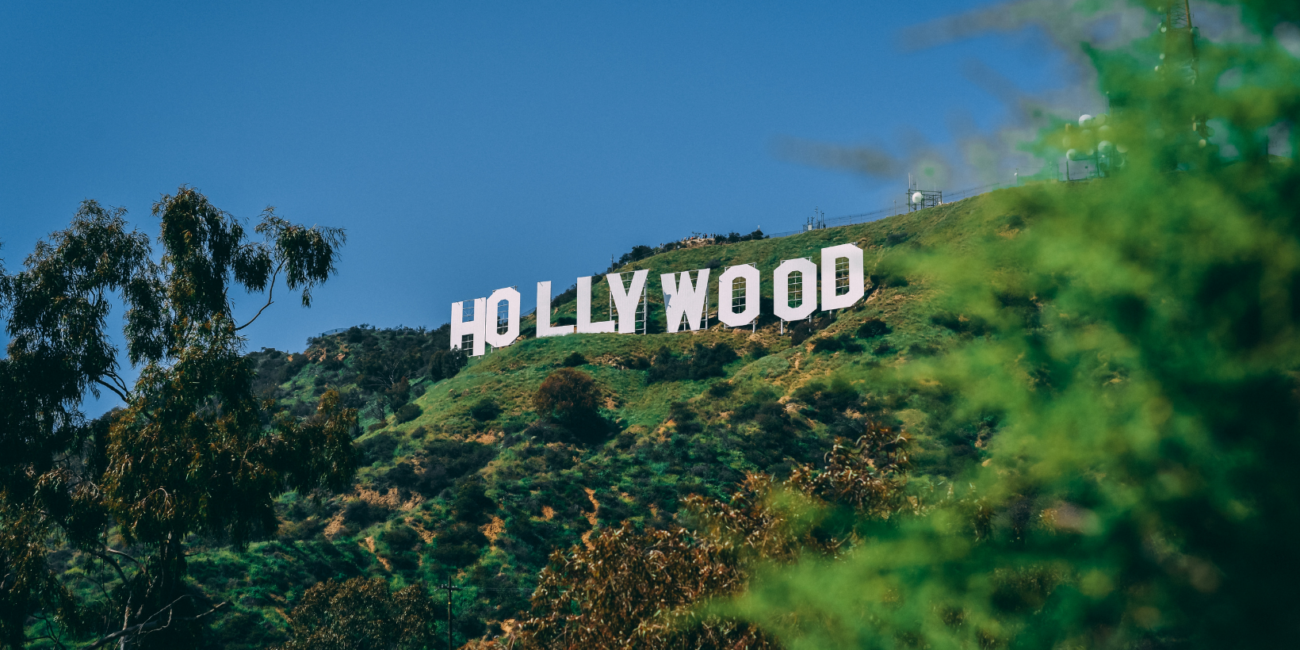The merger between Skydance Media and Paramount Global marks a pivotal moment in the media and entertainment industry, potentially reshaping the competitive landscape as companies race to scale up and diversify. Announced amid a flurry of industry consolidation efforts, this $8.4 billion deal is set to create a powerful new entity, “New Paramount,” blending the creative prowess of Skydance with the legacy and infrastructure of Paramount. With the withdrawal of Edgar Bronfman Jr.’s competing bid, the path is clear for this merger to move forward, promising significant implications for stakeholders across the industry.
The Path to the Merger: Key Developments
The merger between Skydance and Paramount has been in the works for several months, with Skydance CEO David Ellison playing a central role in the negotiations. Initially, the deal faced stiff competition from Edgar Bronfman Jr., the former CEO of Warner Music Group, who led a collective of investors in a bid to acquire Paramount’s parent company, National Amusements. Bronfman’s initial offer of $4.3 billion was later raised to $6 billion, reflecting the intense interest in acquiring Paramount’s assets.
However, despite the attractiveness of Bronfman’s bid, which was backed by a coalition of high-net-worth individuals, it failed to secure the necessary backing.
Strategic Rationale Behind the Merger
The merger is not just a financial transaction but a strategic move aimed at addressing the significant challenges and opportunities facing the media industry. Paramount, known for its iconic brands such as CBS, MTV, and Paramount Pictures, has been grappling with shifts in consumer behaviour, particularly the pivot to streaming. The company’s streaming services, Paramount+ and Pluto TV, while growing, face stiff competition from industry giants like Netflix, Disney+, and Amazon Prime Video.
By merging with Skydance, Paramount gains access to a dynamic and innovative content creation engine that has proven successful in producing high-grossing films and popular TV series. Skydance’s expertise in developing blockbuster franchises such as “Mission: Impossible” and “Top Gun” aligns well with Paramount’s need to invigorate its content slate, particularly in the streaming arena .
The infusion of capital from the merger will also bolster Paramount’s balance sheet, providing the financial flexibility needed to invest in new content, technology, and potentially, further acquisitions. This financial muscle is crucial as the industry moves towards more direct-to-consumer models, requiring significant upfront investment in content and technology.
Industry Implications: A New Powerhouse Emerges
The creation of “New Paramount” represents a consolidation of power within the media industry. This new entity is expected to leverage Skydance’s agility and creative talent with Paramount’s vast distribution network and brand recognition. Such a combination could lead to a more robust competitive stance against other industry giants, particularly in the streaming wars where content is king.
For the broader industry, this merger continues the trend of consolidation. As media companies seek to scale up, diversify their content offerings, and integrate vertically, the lines between content creators and distributors continue to blur. This trend could lead to fewer, but larger, players dominating the market, potentially squeezing out smaller studios and independent creators who may struggle to compete with the resources of these media behemoths.
Moreover, the merger might prompt other media companies to reconsider their strategic options. Companies that have remained independent might now explore partnerships, mergers, or acquisitions to ensure they are not left behind in a rapidly changing market.
Challenges and Future Outlook
Despite the optimistic outlook, the Skydance-Paramount merger is not without its challenges. Integrating two companies with distinct cultures and operational practices can be complex, particularly when the stakes are as high as they are in this merger. A prominent example of this is the Warner Bros. & Discovery merger. In 2022, when the two businesses merged the industry anticipated huge success for the merged brands. However, jump to today and Warner Bros. Discovery has faced several criticisms from the wider industry, including brand dilution and a confused offering, with recent reports suggesting a split between the brands is now being considered. (https://filmstories.co.uk/news/warner-bros-discovery-reportedly-now-considering-a-split/)
Paramount’s legacy as a traditional media company contrasts with Skydance’s more modern, flexible approach to content creation. Successfully merging these cultures will be key to realising the full potential of the deal.
The Paramount deal is still subject to a 45-day “go-shop” clause, but assuming all goes to plan, Ellison has committed to “energising the business and bolstering Paramount with contemporary technology, new leadership and a creative discipline.” He will become one of the youngest chiefs of a major television company.
The industry’s rapidly changing landscape means that “New Paramount” will need to remain agile and responsive to new challenges, such as the ongoing disruption caused by technological advancements and shifts in consumer behaviour. The rise of artificial intelligence, changing content consumption patterns, and the continuous evolution of streaming technology are just a few of the variables that will shape the future of the merged businesses.


